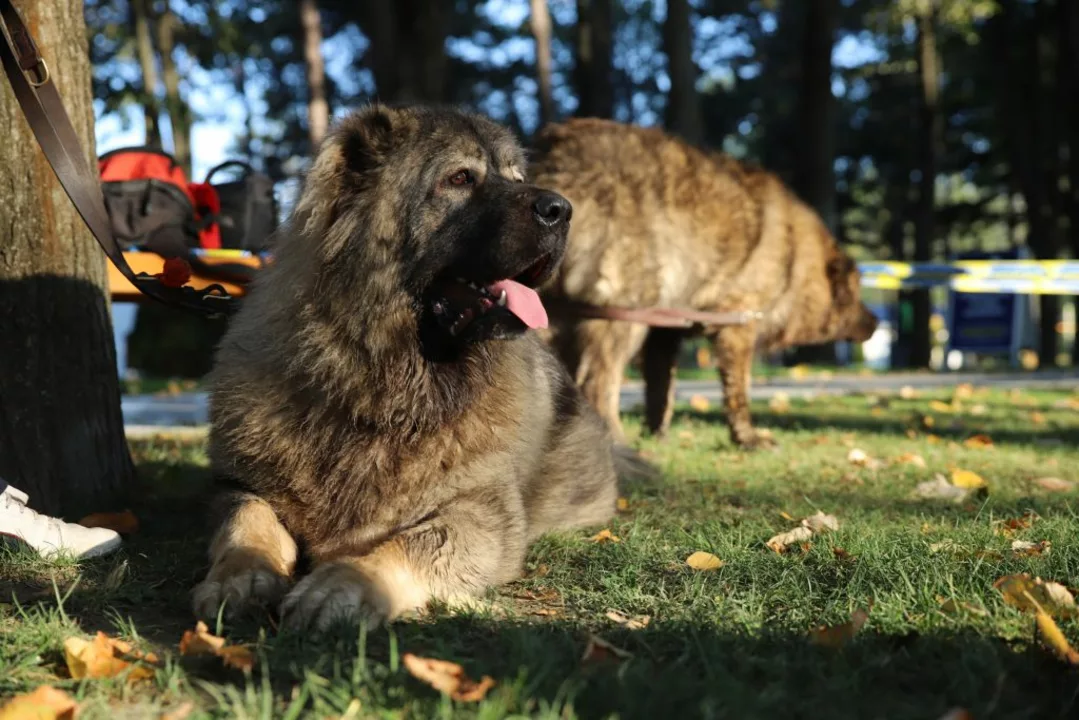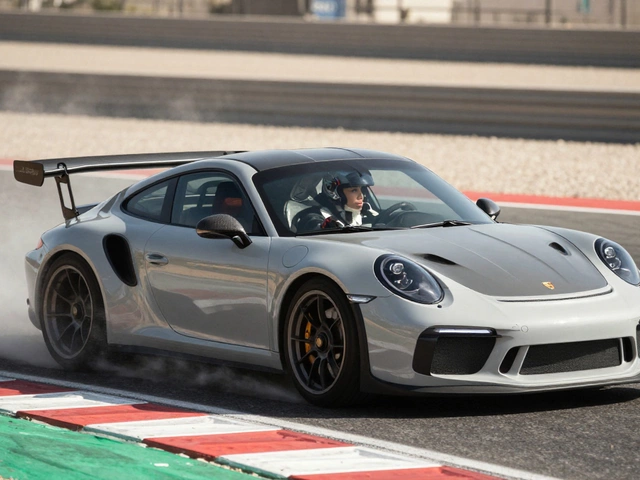How Difficult Is Rally Racing? A Real‑World Look
When you hear the word "rally", you might picture cars screaming over gravel or snow. But the real challenge is more than just speed. It’s a mix of crazy terrain, split‑second decisions, and a car that must respond to anything the road throws at it. If you’re wondering whether rally is harder than other motorsports, you’re in the right place.
Rally vs. Formula 1: Different Kinds of Tough
Formula 1 is all about pure lap time on a smooth circuit. The driver’s biggest enemy is a fraction of a second lost in a corner. Rally, on the other hand, throws you off‑road, into mud, ice, and dust. One moment you’re on a tight mountain pass, the next you’re ripping through a forest stage at 70 mph. That unpredictability makes rally a mental marathon – you can’t memorize every turn, you have to trust the pace notes and react instantly.
Physical demand also shifts. F1 drivers endure high g‑forces in a seated car, while rally drivers battle constant vibration, abrupt jolts, and lengthy runs that can last several hours. The stamina needed to stay focused from start to finish is a different kind of hard.
Key Skills That Make Rally Hard
First up, the handbrake. It’s not just a brake; it’s a tool to start slides, tighten turns, and keep the car balanced on loose surfaces. Knowing when to pull, how long to hold, and how to combine it with throttle takes practice. Miss it, and you either spin out or lose precious time.
Second, car setup. A stock Subaru WRX might look rally‑ready, but without suspension tweaks, a stronger rear differential, and a rally‑spec turbo map, it’s a tough platform. Builders often add reinforced chassis parts and upgraded brakes to survive the grind. Those modifications are essential if you want the car to handle the terrain without breaking down.
Third, navigation. Many think a driver just follows a map, but experienced rallyers remember the track, anticipate landmarks, and use pace notes like a second brain. New drivers lean heavily on the navigator, but as you log more stages, the road becomes part of your memory. That transition from reliance to instinct is a steep learning curve.
Lastly, safety mindset. The Group B era of the 1980s showed how raw power without limits can become deadly. Modern rally rules keep speeds high but enforce strict safety gear, roll cages, and car weight limits. Understanding those regulations and respecting them is a subtle form of difficulty that new drivers often overlook.
All these elements—terrain, handbrake technique, car prep, navigation, and safety—combine to make rally racing uniquely demanding. It’s not just about who’s faster; it’s about who can adapt the fastest.
If you’re thinking about trying rally, start with a modest car, practice handbrake control on a closed course, and partner with an experienced navigator. Build up stage mileage gradually and listen to feedback from your crew. The harder you push, the faster you’ll learn what makes rally truly tough – and rewarding.

How difficult is it to take care of a Caucasian Shepherd?
Taking care of a Caucasian Shepherd is no easy feat. Due to the breed's large size and strength, it requires an experienced and dedicated pet parent to provide the necessary exercise and training. The breed is also known to be protective, making it important to socialize early and properly. Additionally, grooming should be done regularly and the diet should be closely monitored to ensure the canine stays healthy and happy. With the right approach, a Caucasian Shepherd can make a loyal and loving companion.
read more
